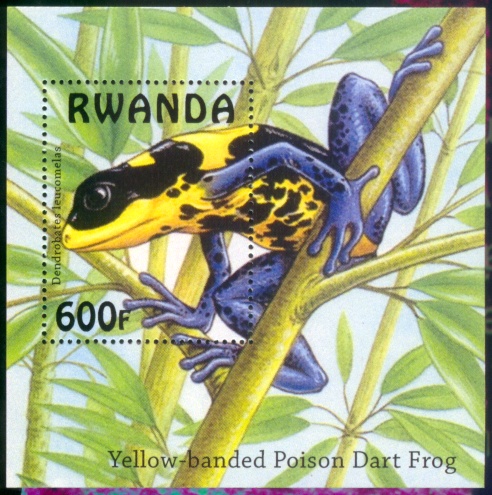We have been pondering on the significance of the laboratory evidence from Bee Researchers in France and the US that the administration of tiny amounts of a systemic neonicotinoid, imidacloprid, to bees was associated with a weakening of bee immunity, such that they became more susceptible to bee diseases. and decided to look more closely at the patterns of recent deaths/epidemics in the UK, Europe and the US, involving a variety of other wildlife. In 2006, in localised areas of the UK, the ranavirus caused infected frogs either to bleed to death or to develop skin ulceration [1]. By 2007, a similar condition was found in toads and laboratory experiments showed that transmission could occur by inoculation from an infected frog to a toad [2].
Scientists from Natural England suggested that it could have been present for years, but something had changed to turn a commensal organism into a pathogen. By July 2008, the ZSL and Froglife reported that the ranavirus and chytrid fungus were starting to affect amphibian populations over a wider area and appealed to the public to report outbreaks to the Zoological Society of London ZSL [3]. Dr Andrew Cunningham said: “Amphibians are being devastated by disease on a global scale, but we have an extremely limited picture of what is going on in our own back yard”. At a ZSL meeting in 2008 it was predicted that more than half of Europe‟s amphibians faced extinctions by 2050 [4]. By October 2010, the devastation that had earlier ravaged US populations had hit the UK as well. In Animal Conservation, researchers reported that the rapidly spreading ranavirus “is killing common frogs in the UK in areas where it has never been seen before”. [5] Population declines of 81% had occurred over a period of 12 years.
References:
[1] Institute of Zoology (IoZ); Zoological Society of London website. www.zsl.org/science
[2] Cunningham, A.A., Hyatt, A.D., Russell, P., Bennett, P.M. (2007) Experimental transmission of a ranavirus disease of common toads (Bufo bufo) to common frogs (Rana temporaria). Epidemiology and Infection 135: 1213-1216.
[3] Wildlife Extra July 2008. Appeal by ZSL and Froglife for help from the public to report amphibian deaths (by Dr Andrew Cunningham).
[4] Symposium held at the ZSL: 20/21 November 2008. Halting the global decline in amphibians: Research & Practice.
[5] Teacher, A.G.F., Cunningham A.A., Garner, T.W.J. (2010) Assessing the long-term impact of Ranavirus infection in wild common frog populations. Animal Conservation 13: 514-522.
Authors:
Dr Rosemary Mason, MB, ChB (Hons), D.Obst. RCOG, FRCA. She worked in the UK National Health Service for about 35 years in: General Hospital Medicine and Obstetrics 3 years; Training in Anaesthetics and Intensive Care 8 years; Consultant Anaesthetist (Anesthesiologist) 25 years. Author of Anaesthesia Databook; A perioperative and peripartum manual (600 pages) as a practical resource for trained anaesthetists. 1st edn. 1989, 2nd edn. 1994, 3rd edn. 2001; reprinted in 2009. Assistant Editor of Anaesthesia, Journal of the Association of Anaesthetists of Great Britain and Ireland, 1990 – 2000.
Palle Uhd Jepsen, former Senior Adviser in Wildlife Management and Nature Conservation for the Danish Forest and Nature Agency, Ministry of the Environment. Research on the feeding ecology of goldeneye. Before his retirement he was a member of the Danish Delegation on the Ramsar Convention on Wetlands, International Whaling Commission, Bonn Convention on Migratory Species, ASCOBANS (Agreement on Conservation of Small Cetaceans in the Baltic and North Sea) and Wetlands International. Adviser on Site Management for International Projects in Thailand, Malaysia, Belarus, Northern Ireland and Estonia. Author of several books on natural and cultural history in Denmark; also natural history in the Arctic.
27th May 2011

- Log in to post comments
